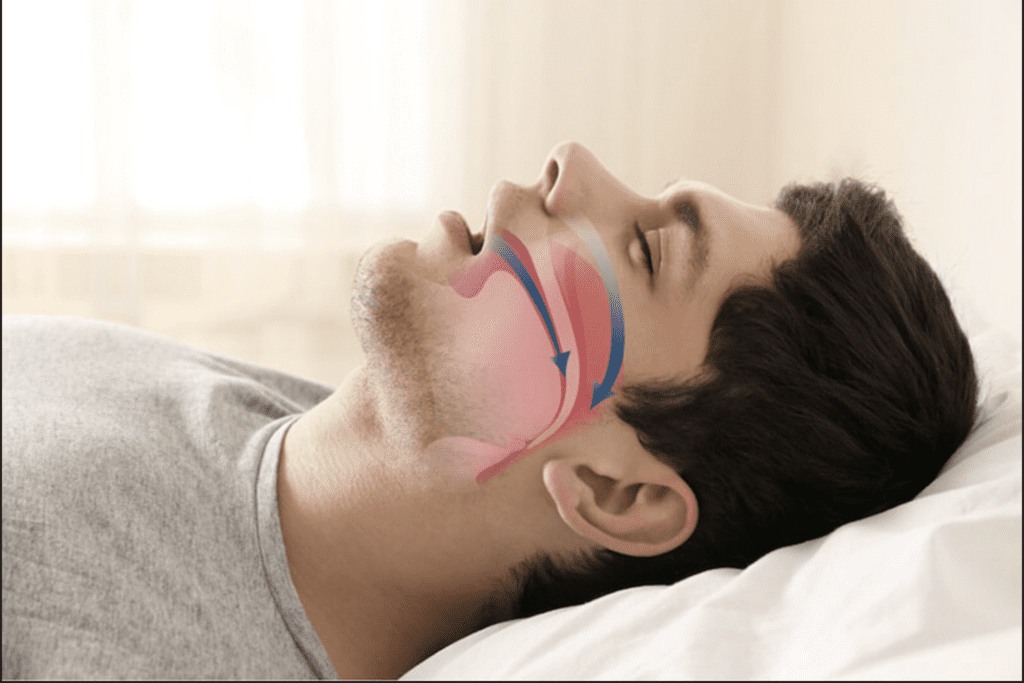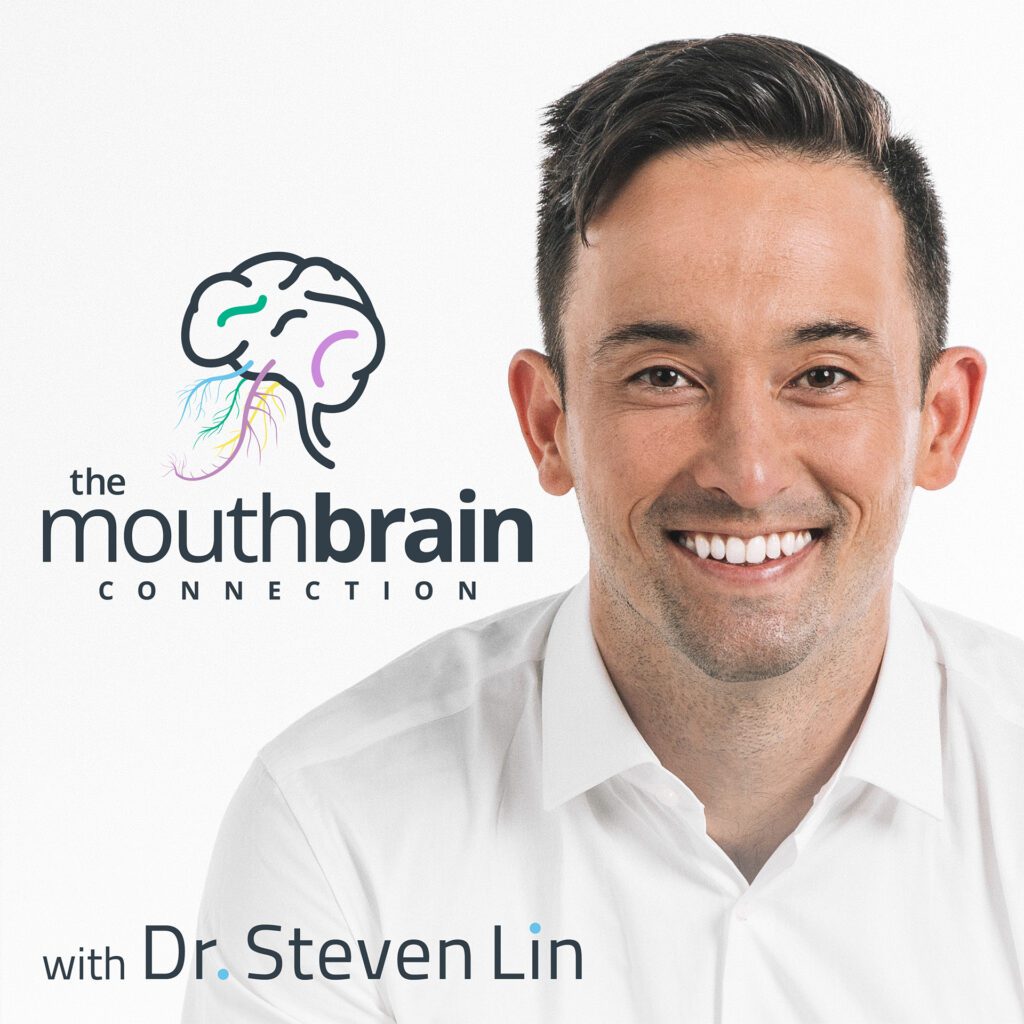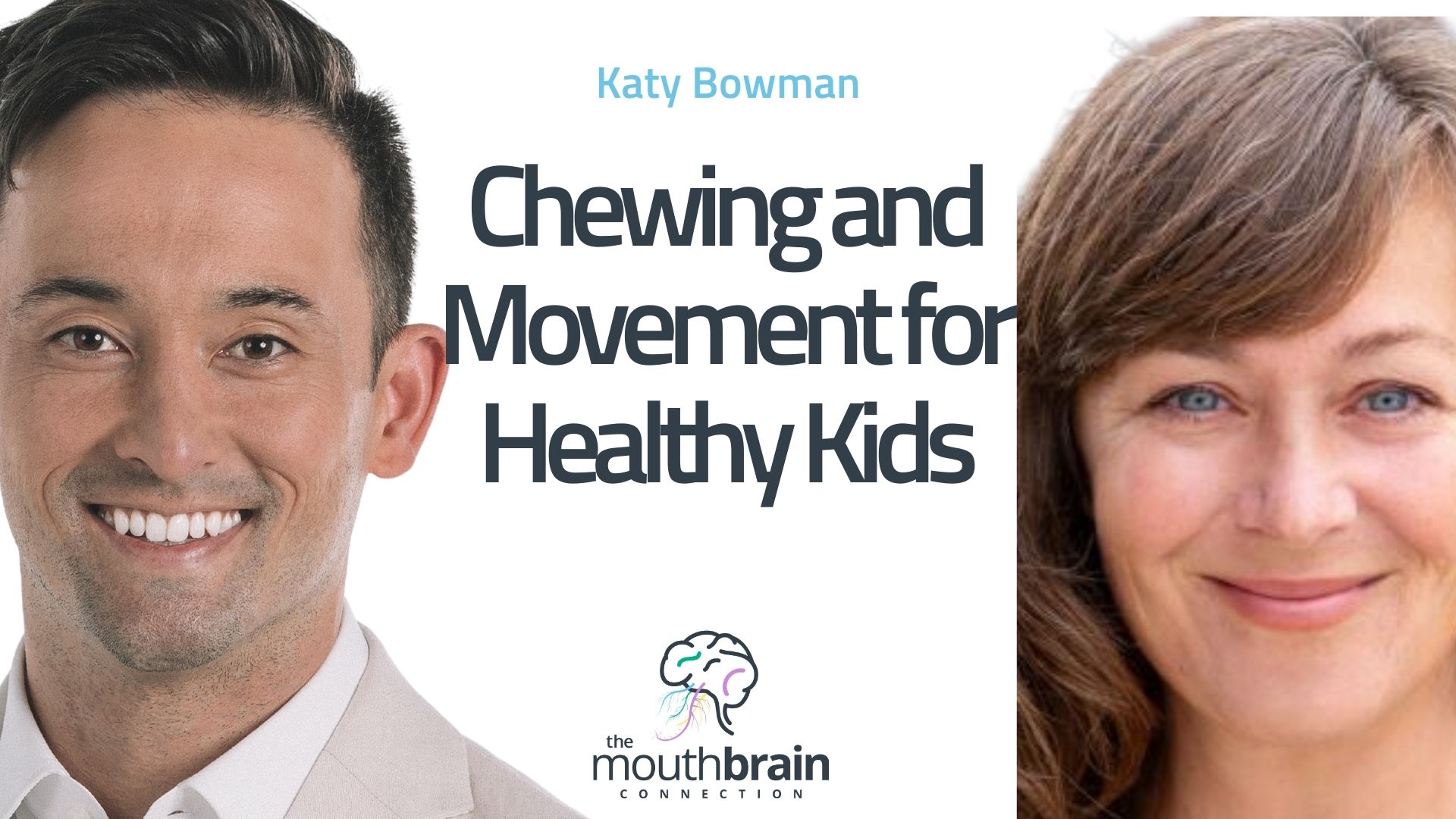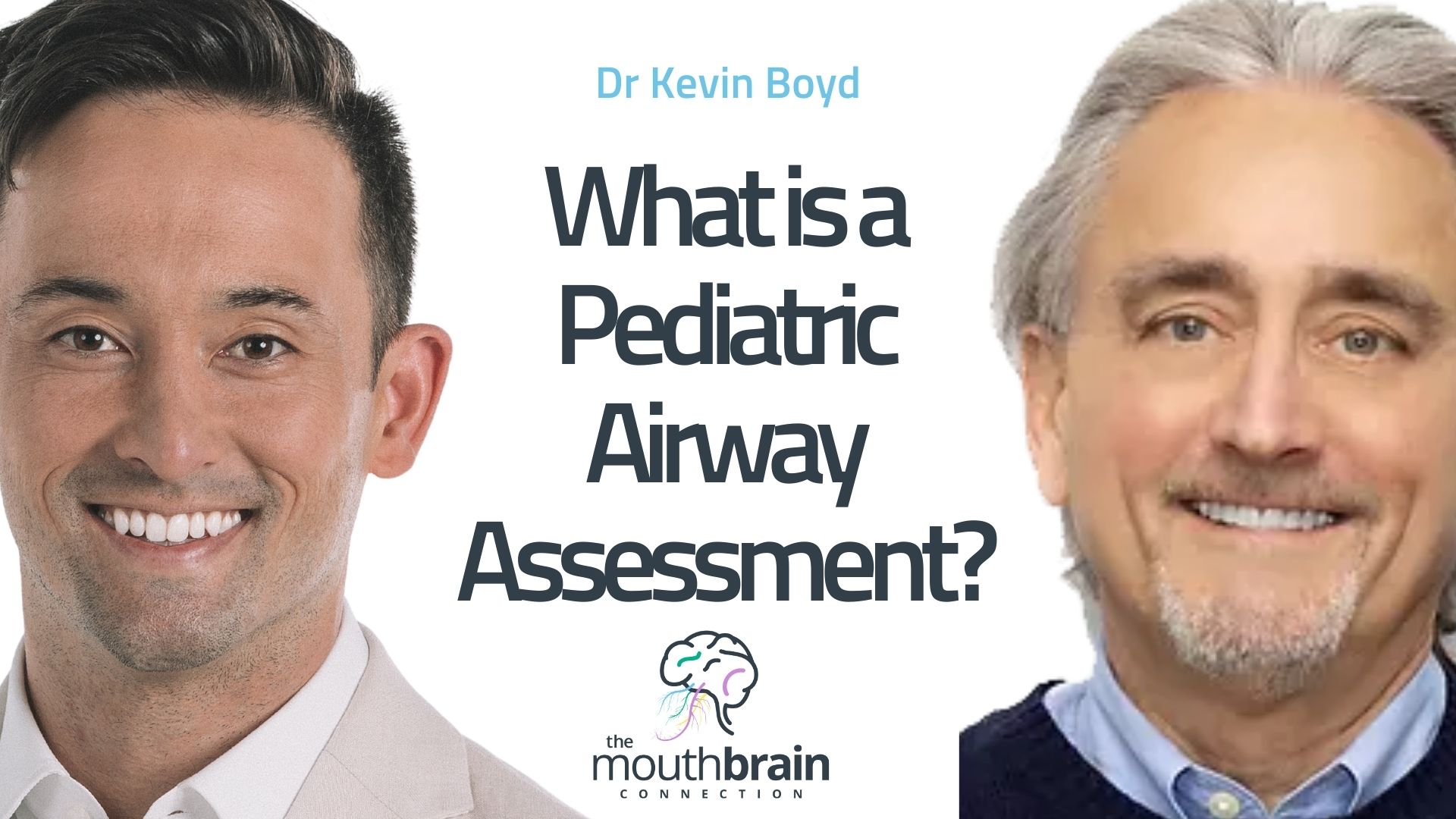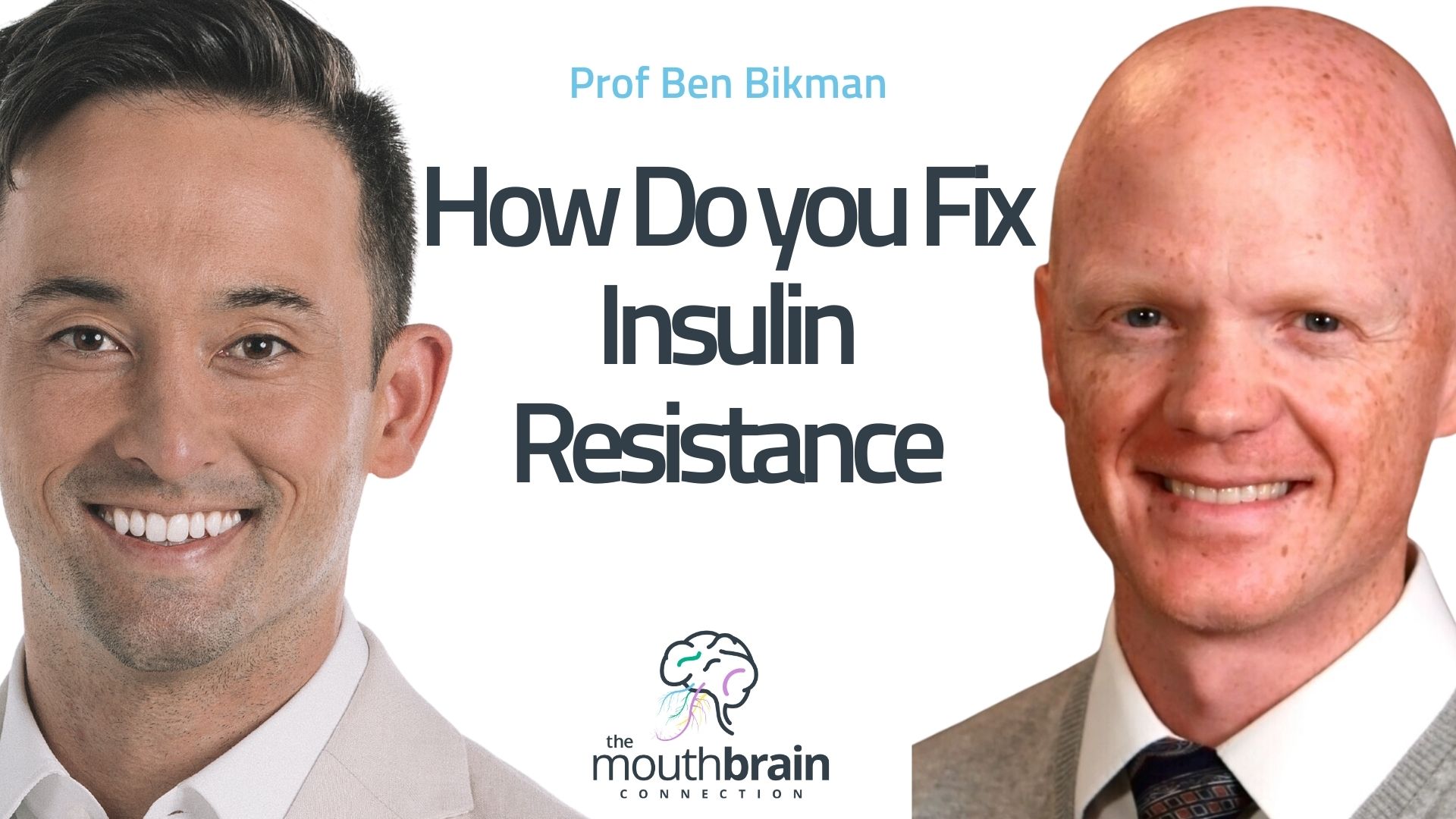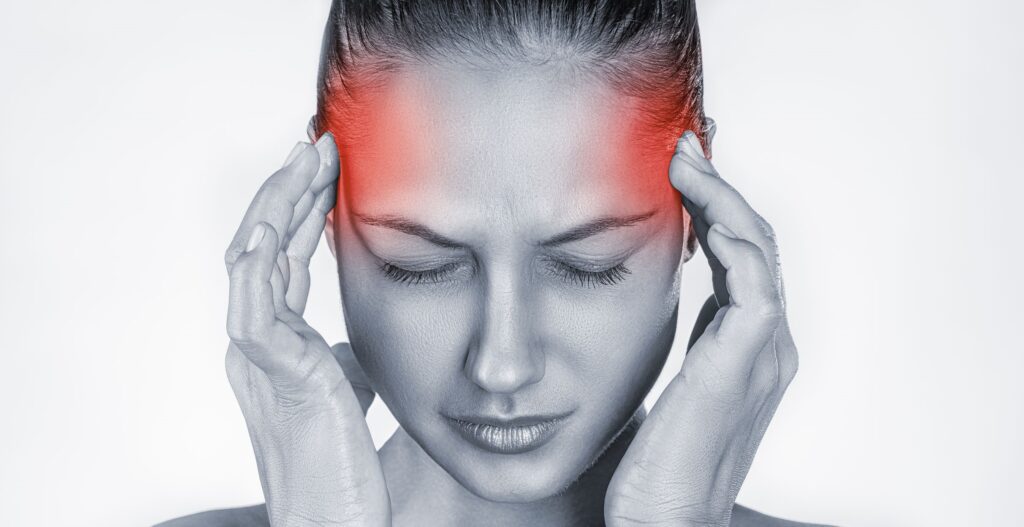
In my practice I’ve noticed a trend of people experiencing headaches, migraines, and temporomandibular joint or TMJ pain. Often people think it’s an imbalance or temporomandibular dysfunction (TMD), but the root cause goes deeper.
Many patients experience headache symptoms associated with the jaw.
These include
- Tension headaches
- Migraines
- TMJ Pain
- TMD
If you suffer from headaches and migraines
The maxilla (upper jaw) and mandible (lower jaw) come together to form the TMJ. These are critical bones of the face and head which also hold the foundations of the airway. That’s why TMJ problems are often associated with mouth breathing.
In normal conditions the mouth should be absent of air; sealed lips and the correct tongue posture allow you to adopt this condition naturally. Mouth breathing has become a normal habit, but it’s a change from how the mouth and airways should be used.
There are a number of problems associated with mouth breathing:
- Snoring
- Teeth grinding
- Sleep apnea
- Poor sleep or feeling unrested
- Forward head posture, neck and back pain
- Headaches and migraines
- TMD (pain on opening the jaw)
- Crooked teeth, high arched palate
Each of these symptoms signal an underlying problem in the jaw and airway system.
In normal posture the tongue should be raised against the palate, this is extremely important because it is one of the main forces that expand the roof of the mouth. In turn, the roof of the mouth provides the platform for upper teeth.
Can Mouth Breathing Cause Headaches & Migraines?
When you look at the list of conditions associated with mouth breathing, it’s not hard to see that it’s bad for your health. But why is this?
Let’s think about it from the perspective of how the oral cavity should function. The nose is the primary passage by which air should enter the body, while the mouth acts as the main digestive entry point. It’s known that the oral cavity can supplement breathing during times of high intensity muscle activity or stress. In terms of breathing, the mouth is designed for survival breathing, not regular breathing, and when we don’t breathe through the nose the respiratory system can’t work as it is designed to.
Poor oxygen levels throughout the body may change breathing rates, which could be why mouth breathers generally breathe quickly and shallowly. But postural issues associated with mouth breathing are one of the big factors in why it’s so harmful.
The muscles of the face, jaw, and throat, are designed to assist nasal breathing. When we develop mouth breathing habits, it creates a forward posture of the head and neck. Here we develop thin, narrow jaws that can’t fit teeth, and just above, nasal sinuses that make it difficult to breathe through the nose.
How the Tongue and Throat Cause Mouth Breathing
Open mouth posture or sleeping with mouth open is an easy sign to spot mouth breathing. Each are an oral posture that doesn’t support nasal breathing. What many people don’t know is that the tongue is the main way we support healthy breathing.
Image: The muscles of the tongue activate to prevent mouth breathing. Source
The tongue is a complex organ comprising of muscle groups that sling from the mandible, to the base of the skull, to the hyoid bone (the tongue bone.)
When the tongue is activated all of these muscles tighten to open and support the airways. It’s similar to the fabric of a tent, if the tongue collapses down, there’s no space left inside the tent, or in our case, the airways.
Low tongue posture has a flow on effect for the muscles of the throat. When the tongue is raised, it depresses the soft palate – this is very important because it supports the airway behind the tongue, making nasal breathing and the flow of oxygen easier. When the tongue posture is low it raises the soft palate and the oral cavity becomes the pathway for breathing, making nasal respiration more difficult.
During sleep, when many of the accessory muscles relax, tongue muscles should support the airway. If the muscles of the tongue aren’t activated then it can fall back into the throat, impeding the airway, which can result in snoring due to low airway volume or teeth grinding due to the brain pulling the mandible forward to open the airway.
The TMJ and Mouth Breathing
Often linked to headaches, temporomandibular dysfunction (TMD) is a problem in the relationship of the mandible to maxilla. The temporomandibular joint (TMJ) sits between the maxilla and mandible. The tongue guides the movement of the mandible, acting like a sling inside the mandible bone. When the tongue is suctioned up to the palate, it creates a vacuum inside the mouth. Both the muscle support and pressure hold the mandible steady in place, which is a crucial aspect of oral and craniofacial posture.
Incorrect swallow patterns, narrow crooked dental arches, and tongue-ties all relate to a mandible that doesn’t sit comfortably in the TMJ. If mouth breathing becomes normal, open mouth posture can place the condyles of the mandible in an unbalanced position, and as a result oral muscles may need to compensate to achieve proper swallowing and speaking.
Four Steps to Cure Headaches & Migraines
Reversing mouth breathing is a big factor in headaches, migraines and TMJ pain. To stop mouth breathing you must correct the posture of your mouth, this requires resting the tongue against the roof of the mouth:
- Place the tip of the tongue to the spot behind the upper front incisors.
- Inhale into the back of the soft palate.
- Swallow with complete upward motion while keeping the tongue in the same place behind the front incisors.
- Seal the lips at rest.
You can practice this when driving or watching television. If you find this difficult, or snoring, teeth grinding, or sleep disorders are an issue for you, you may have a skeletal or nasal issue.
Now we want to hear from you. Please leave your questions in the comments below.
For more information on Dr. Lin’s clinical protocol that highlights the steps parents can take to prevent dental problems in their children: Click here.
